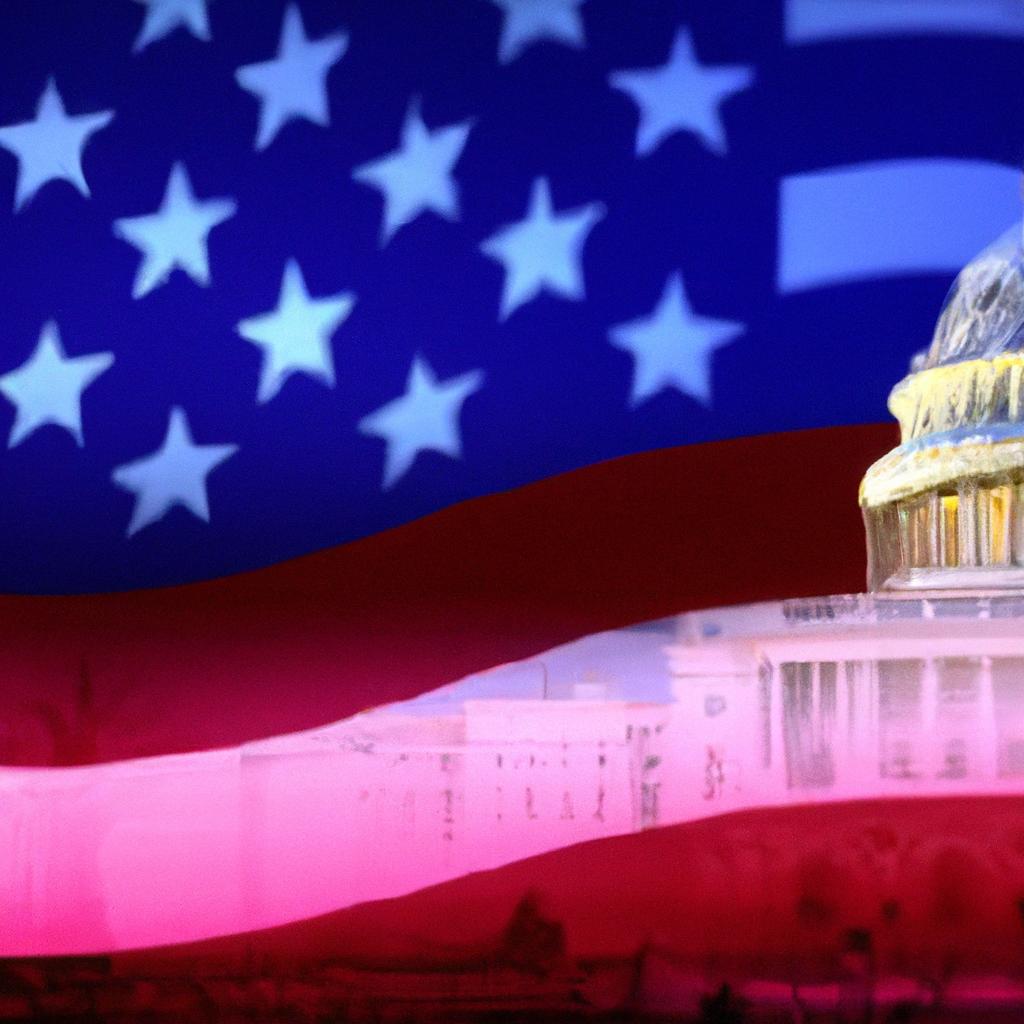Legislators have recently disclosed the details of a $1.2 trillion government funding bill after negotiating with leaders from both political parties and the White House. The objective of this agreement is to prevent a possible partial government shutdown that could have taken place this weekend.
The funding bill involves provisions for various government agencies and programs, ensuring the continuous operation of essential services. This bipartisan effort displays a dedication to maintaining government stability and functionality despite political differences.
Critical components of the funding bill address essential areas like healthcare, education, infrastructure, and national security. By allocating resources to these sectors, lawmakers aim to tackle urgent issues and meet the needs of the American people.
Additionally, the bill includes measures to address specific challenges facing the country, such as disaster relief, cybersecurity, and economic recovery efforts, among others.
The unveiling of the funding bill signifies a significant step in ensuring the smooth operation of the government and providing necessary support to key sectors of the economy. It reflects a collaborative effort to address pressing issues and prioritize the well-being of the American people.
As the details of the funding bill are reviewed and analyzed, it is important to recognize the impact it will have on various aspects of government operations and public services. By coming to a bipartisan agreement, lawmakers have demonstrated their commitment to effective governance and responsible stewardship of taxpayer dollars.
The unveiling of the $1.2 trillion spending bill comes at a crucial time when the country is grappling with numerous challenges like the ongoing COVID-19 pandemic, infrastructure needs, and economic recovery efforts. The goal is to address these pressing issues and provide much-needed support to various sectors across the nation.
The $1.2 trillion spending bill, also known as an omnibus bill, is a comprehensive piece of legislation that allocates funding for various government programs and initiatives, covering healthcare, education, defense, infrastructure, and more.
Key highlights of the spending bill include the allocation of funds for COVID-19 relief efforts, investment in infrastructure projects, funding for education programs, support for small businesses and workers affected by the pandemic, and increased defense spending to strengthen national security.
The unveiling of this $1.2 trillion spending bill has significant implications for the country’s economy and future. By investing in key areas such as healthcare, education, and infrastructure, lawmakers aim to stimulate economic growth, create jobs, and improve the overall quality of life for American citizens.
It is essential for individuals and businesses to stay informed about the details of the $1.2 trillion spending bill and understand how the funding allocations may benefit their industry or community. Staying engaged with policymakers and seeking opportunities to leverage the resources provided in the bill for growth and innovation is crucial.
For a more nuanced understanding of the impact of the $1.2 trillion spending bill, looking at case studies and first-hand experiences from individuals and organizations can provide valuable insights into its effectiveness and outcomes. These stories offer a glimpse into the real-world implications of legislative actions.
the unveiling of the $1.2 trillion spending bill signifies a significant milestone in government efforts to address pressing issues and support economic recovery. Lawmakers aim to create a more resilient and prosperous future for the nation through critical funding and investments in key areas. Stay informed, stay engaged, and be prepared to leverage the resources available for growth and development.




